Types of Hoist: A hoist is basically construction and material handling equipment that is used to move the materials from the building’s ground to the top floor. It works when your mind sticks to the ideas of manual working that costs more than any machine.
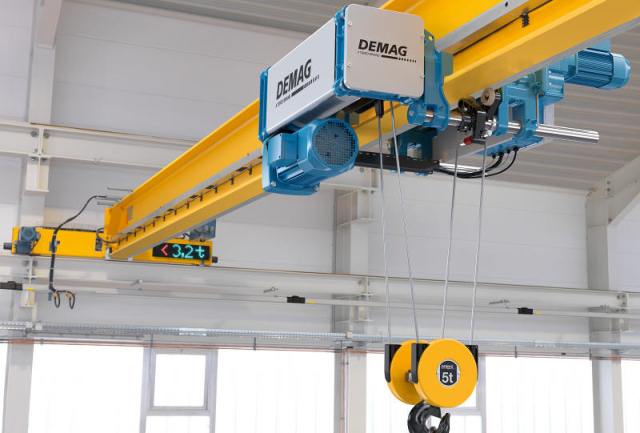
Different types of hoists
Hoists are used anywhere lifting and moving a load is required, not restricted to industrial applications. Hoists have a wide range of applications including lifting cargo, construction materials, engines, and warehouse stock.
- Chain hoist
- Electric Chain Hoist
- Wire rope hoist
- Hoist trolley
- Electric Hoist
- Flame proof hoist
- Manual hoist
- Travel hoist
Chain hoist
This hoist lifts loads up to 10 feet high thanks to its sturdy, hardened steel chain. The 2000 lbs. capacity chain hoist is equipped with a mechanical load brake to give the operator more control when lifting or spotting.
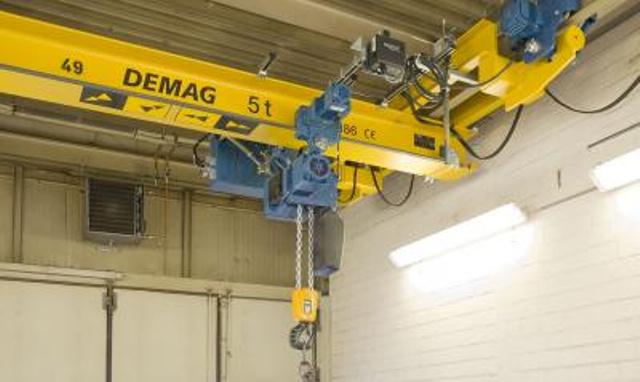
Electric Chain Hoist
Electric chain hoists are used for lifting or lowering material. An electric motor and controller are utilized to lift, lower and accelerate or decelerate the speed of the hoist. Electric hoists are ideal for use in industrial production lines and small machine shops where more frequent and faster lifting is required.
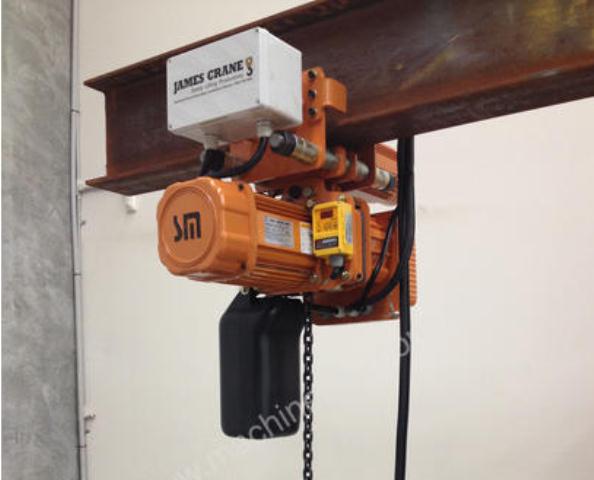
Wire rope hoist
Wire rope hoists lift loads by wrapping a cable around a grooved drum. For 10 tons and above, wire rope hoists are the optimal choice on the market. This category of hoists is generally known to offer a wider variety of options with very fast lifting speeds.
Wire ropes are the preferred choice for frequent use as chain hoists are more susceptible to wear and tear over time. Wire ropes, however, move loads very slightly laterally because the wire rope is wrapped around a grooved drum.
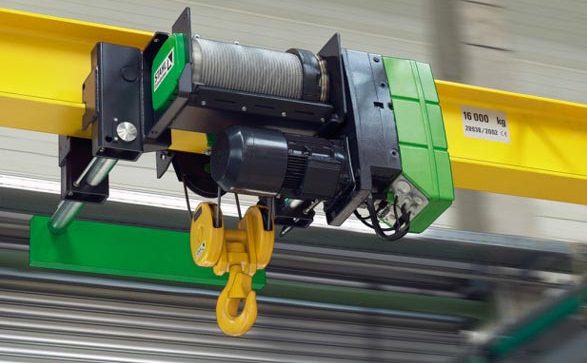
Hoist trolley
This is a hoist specifically geared towards load shifting rather than cross-motion. Usually, they have a load-bearing capacity of up to 3 tonnes. This type of hoist is perfect for warehouses and storage facilities.
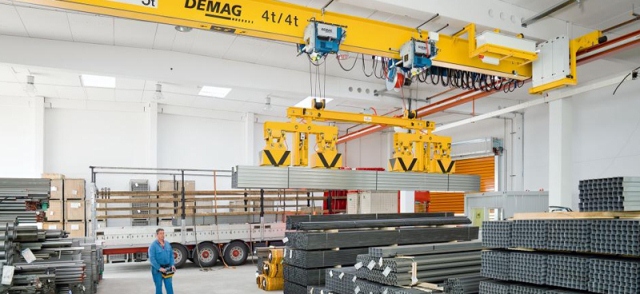
Electric Hoist
Electric hoists can be designed to use chain or wire rope, and use an electric motor to turn gears located inside the hoist that lift or lower the load. Electric hoists are controlled by pushbutton pendant or radio controls. Electric hoists are typically hard-wired into the crane’s electrification system and utilize 220v/440v or 230v/460v. Light duty electric hoists can utilize 110v and plug directly into a standard outlet.
Electric hoists can be used in a variety of applications and come in numerous types and configurations, but are limited by duty cycle and can’t run continuously. The electric motor in the hoist requires a cooling-off period in between uses to ensure that the motor doesn’t overheat
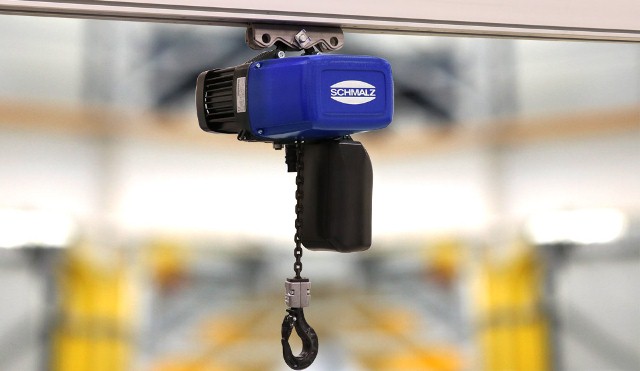
Flame proof hoist
As the name describes, this is a hoist specifically designed for environments where fires are a known hazard. Oil refineries and chemical plants are the major businesses in need of this hoist. In all other aspects, it is a regular hoist, electrically operated using a hand-held pendant.
Manual hoist
A manual chain hoist is a pretty simple device considering a large amount of weight such a tool can lift. Chain hoists are made from durable, high-grade steel to ensure safety and reliability when lifting a couple of tons of heavy loads. Manual chain hoist can be separated into three different parts categories: lifting chains, lifting mechanisms, and hooks.
Travel hoist
Power Travel Wire Hoist: A heavy-duty electric hoist ideal for rough environments. It is one of the fastest moving hoists. Using an electric motor and dual rails, it can carry up to 20 tons but is not limited to that. Specific power travel wire hoists can be designed for a heavier load-bearing capacity. Not just a flashy moniker, this hoist truly delivers the power and efficiency required in chemical plants, foundries, and steel mills.
Hoist specification
Operating time, frequency of usage and load all factor into the life of the hoist. These factors, as well as travel distance and speed, will also affect the lifetime of the trolley, where applicable. Using equipment above recommended parameters will lower the product lifetime.
- The required effort to operate a manual hoist (a lever or hand-operated) should be within the limits of the operator.
- The lifting capacity of the hoist should not be higher than the weight capacity of the structure that will support the hoist.
- For most applications requiring regular lifting of 2 tons or more, a motorized trolley is recommended.
- Structural components such as the load block or hook add to the overall weight being lifted, keep this in mind when assessing lifting needs.
- Specialty or custom hoists are often available from certain manufacturers
What is a hoist?
Types of hoisting equipment in construction: what is a hoist?
Hoists are mechanical or electro-mechanical lifting devices that rely on mechanical advantage to move objects vertically and support hanging loads.
Mechanical hoist equipment distributes weight by using pulleys or gears to transfer low force over long distances into larger forces applied over shorter distances.
The chain or rope is wound around a barrel/drum or wheel and further wound around other gears or pulleys with different radii, some of which can be in the load block.
This configuration is called the reeving and determines how the force of a load will be distributed or transferred. Hoists are used in fixed or mobile applications and can be used for general purpose lifting or designed for special purposes, such as removing an engine from a car.
Hoists typically incorporate a hook at the fixed end that connects to a crane or trolley and a hook at the moveable end which engages the load.
Types of Hoist
A Chain Block (also known as a hand chain hoist) is a mechanism used to lift and lower heavy loads using a chain. Chain blocks contain two wheels in which the chain is wound around. Chain Blocks can also be attached to lifting slings or chain bags to lift the load more evenly.
Electric chain hoists are used for lifting or lowering material. An electric motor and controller are utilized to lift, lower and accelerate or decelerate the speed of the hoist. All chain hoists provide true vertical lift, meaning the load does not vary from the hoist centerline during hoisting or lowering.
Wire rope hoist is a complex mechanical device that has many moving parts all working in tandem to help support and move an object or load. In the lifting and rigging industries, wire rope is attached to a crane or hoist and fitted with swivels, shackles or hooks to attach to a load and move it in a controlled matter.
Electric hoist consists of an induction motor with a brake to hold the load lifted on it. It’s an electrical panel board and the motor with pulley coupled to the hoist, with a pendant operating station hanging with the help of a steel wire rope at a height of the operator-friendly use.
The most read
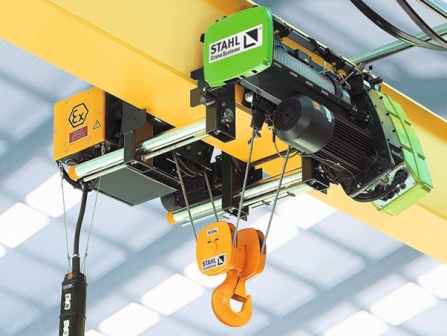
Electric Hoist Trolley
Electric Hoist trolley provides the ability for a simple hoist to become a laterally traversing versatile piece of equipment. Powered trolley hoists come in different types, including air and electric and capacities.
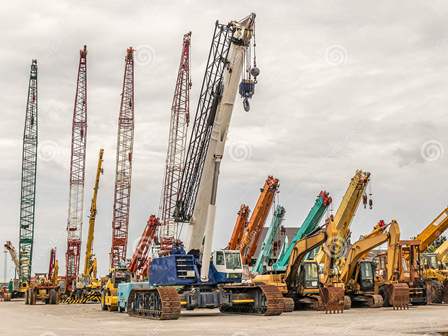
Types of Hoisting Equipment in Construction
The hoisting is the lifting of the material against gravity and maybe done with a wide range of equipment from the small hand-operated simple screw.
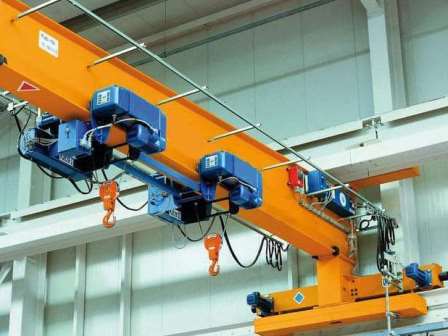
Hoist Mechanism
The mechanism used to raise and lower heavy loads to the desired height with comparatively little effort is called a lifting mechanism.
